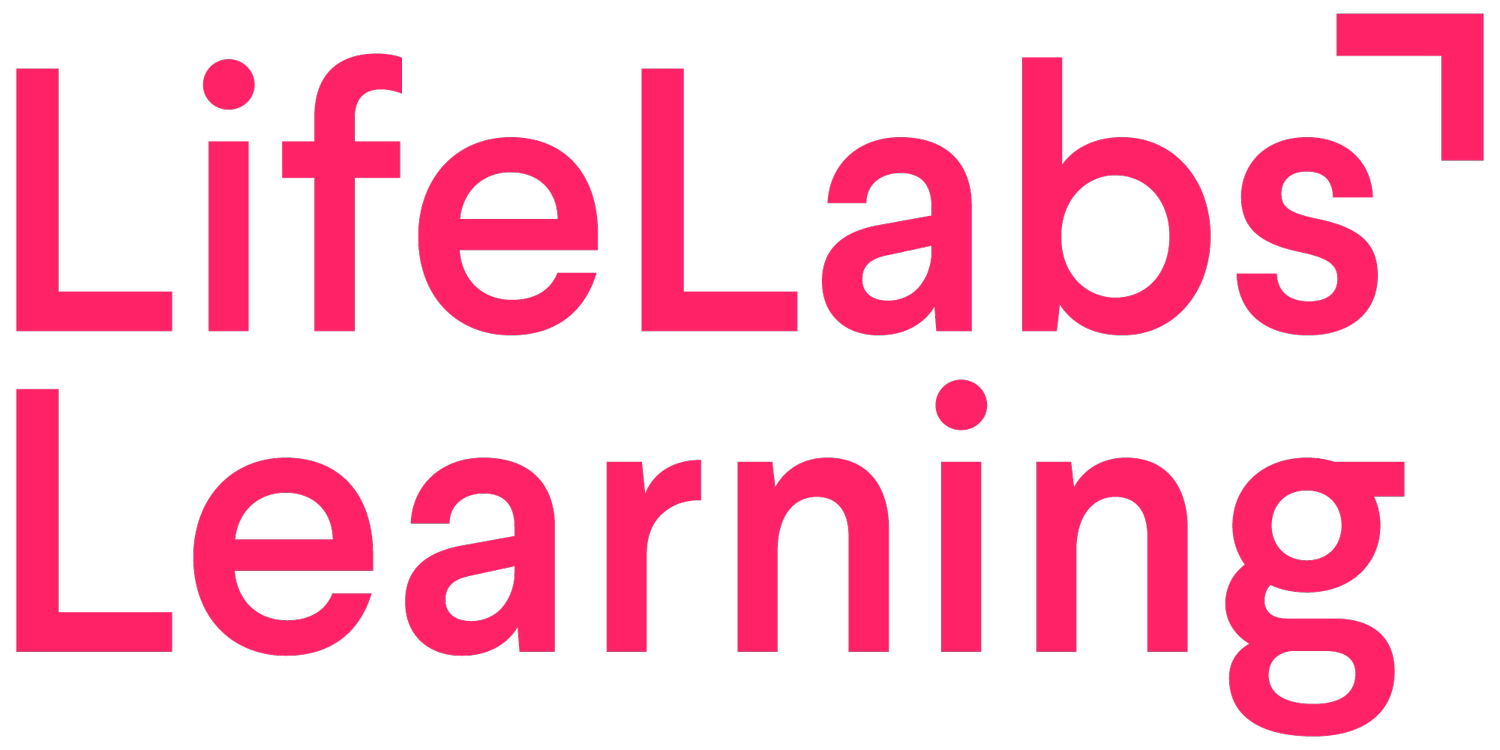Become a more inclusive leader by using these 3 key statement types
5-minute read
Inclusion goes well beyond making sure there’s diverse representation on your staff. In fact, if you’re not being intentionally inclusive, there’s a good chance you’re being unintentionally exclusive. Unintentional exclusions happen every day in the workplace. For example:
Companies have a tendency to unintentionally silo information, especially in a virtual workplace, which leaves people out of the loop.
Decisions often get made in small meetings/1-1s and move forward in the name of efficiency, which ends up leaving other team members in the dark.
Exclusion can even start at onboarding if you’re not being intentional about it. Rapidly growing companies are onboarding new folks in a virtual environment and can often overlook some essential inclusion components (like having the access they need to do their work well, as well as awareness of, and access to, engagement opportunities).
Without addressing these things, retention, engagement, and performance decline. If you are putting effort and resources into hiring a diverse team without taking the time to continuously practice inclusion, you’re setting your team up for failure.
To turn inclusion from an intention to a scalable, intentional practice, you need to operationalize it. There are many ways to do this but one of the simplest is to use and model inclusive language every day. A small change that can make a big impact on the org, team, and individual level is the use of inclusive ‘statements.’
Based on our research at LifeLabs Learning, here are the 3 most effective ‘statement types’ inclusive leaders can practice:
1) Context statements
Context statements provide the background and reasoning for the “what” and “why” of a role, task, project, decision, or meeting. For example, when hiring for a new position, give them the backstory of why the company decided the position was a priority to help them succeed in the role from the start.
Try it: Use context statements such as:
“The backstory for this is…”
“The reason we scheduled this meeting is…”
“We came to this decision because…”
“This task is a priority for our quarterly goals because…”
Give your team members the full context for each conversation to pass along institutional knowledge, as that information is often reserved for people in leadership positions or shared only by the people who were present when it was discussed or have close relationships with leaders. This “behind the scenes” information helps people do their jobs well, while also creating a feeling of inclusion..
Bonus: As a context practice, set aside five minutes at the top of every meeting for folks to read through the notes from the last meeting, or another meeting that’s relevant.. That way, if people weren’t in attendance, they still have the context they need to fully participate.
2) Invitation statements
Invitation statements create space for the voices and opinions of individuals who may not feel as though they have the ability to create it for themselves.
Try it: Use invitation statements such as:
“What are your thoughts on that [name]?”
“Is there anyone we haven’t heard from yet?”
“Is there another perspective we haven’t considered?”
“Shall we go around and hear from each person? Feel free to say ‘pass.’”
In every meeting, there will usually be team members who participate without being prompted, especially people in positions of power or people who have been socially conditioned to share their opinions. Invitation statements are a great way to make it easier for all people to participate. If diversity is truly an initiative for your company, you should be inviting the diverse voices and perspectives on your team. .
Bonus: We recently asked 60 in-person and 60 remote employees:: “When you have a contribution to make in a meeting, how often are you able to do so?”
The result: Only 35% of remote employees said they felt able to make a contribution all the time vs. 61% in-person folks. People are less likely to voice their opinions when they’re the virtual voices in a hybrid work environment because they don’t have signals to know when to talk or are afraid they’ll step over someone.
The fix? Build in a practice to pause and invite virtual employees to share.
3) Bridge statements
Bridge statements help bring folks who join meetings or conversations that are already in progress up to speed by filling them in on what they’ve missed.
When people join meetings or conversations midway through, many teams default to efficiency mode and keep the conversation going without stopping to fill in the people who have just joined. This might save time in the moment, but it keeps those who weren’t there for the entire discussion excluded.
Try it: Use bridge statements such as:
“Welcome! We were just chatting about…”
“Let’s pause this conversation so we can bring everyone up to speed.”
“Here’s what you’ve missed so far…”
Being a truly inclusive leader is an ongoing practice, not a one-time effort. Start using these three inclusion statements every day to create more deliberate inclusion in the moment and as a signal setting action, demonstrating your commitment to hearing every voice. For even greater impact, label them to start creating a shared language of inclusion (e.g., “Let me pause and do a quick context statement”) and share them at onboarding and beyond to contribute to a more intentionally inclusive culture.
Want to learn how to become an even more inclusive leader? Register for one of our FREE mini-workshops in December!
Diversity, Equity, & Inclusion Playbook
This playbook will help People Ops (POPs) & HR leaders take action and create a more comprehensive DEI strategy.

